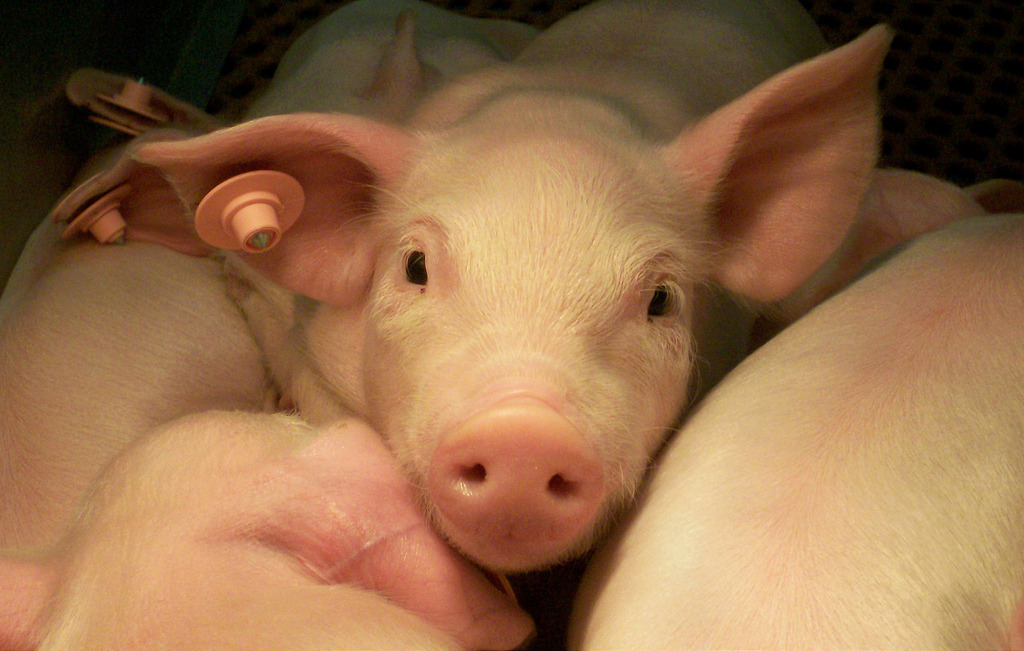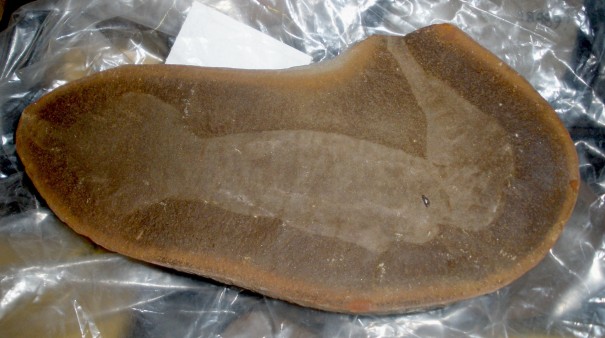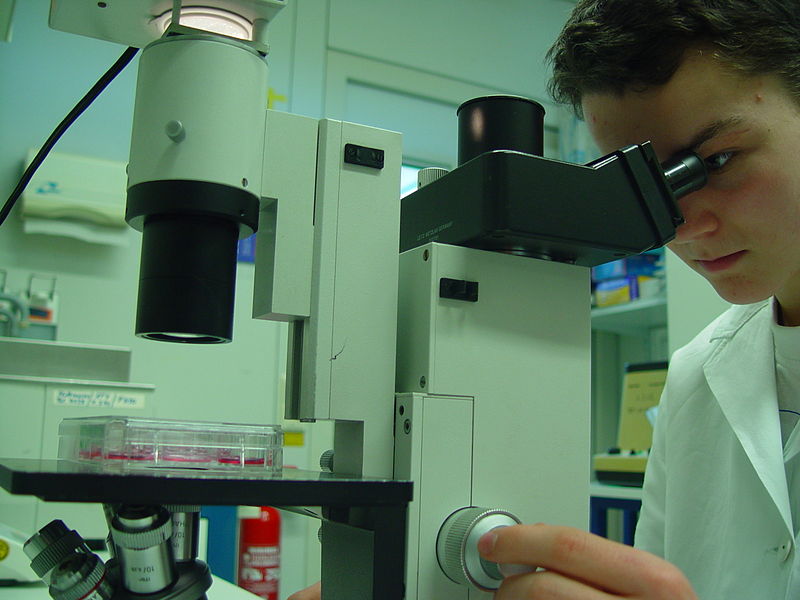Part-human, part-pig embryos have successfully been created, marking the creation of the first chimeric embryos from two large, distantly related species and the first step in producing genetically-matched human organs for transplantation.
A human – pig hybrid may sound like something straight out of science fiction but it could become a reality in the not too distant future; researchers have successfully combined human and pig cells to form an embryo in a milestone study.
It is hoped that the chimeric embryos and the resulting mature animals could be used for drug testing, offer new insights into the progression of human diseases in vivo and eventually could be used to produce transplantable human tissues and organs to address the worldwide shortage of organ donors.
In the study human induced pluripotent stem cells (hiPSCs – adult cells that have been switched back to a stem cell state so they can form any tissue type) were injected into early stage pig embryos. The researchers also tested injecting hiPSCs into cattle but pigs were ultimately selected to carry the embryos because of the similarity of their organs to our own. The chimeric embryos were then transferred to surrogate sows resulting in the growth of 150 embryos, which were mostly pig with around 1 human cell to every 10,000 pig cells.
To produce these embryos the team had a serious timing issue to combat – a human pregnancy lasts 9 months but a pig’s gestation period is only 112 days so the human and pig cells develop at very different rates. This meant the human cells had to be injected into the pig embryo at just the right stage of their development which turned out to be when they were either naive or intermediate but not primed.
This research raises a series of ethical issues: if the human stem cells were involved in brain tissue formation, would an intelligent animal with human thoughts be created?
Obviously this research raises a series of ethical issues: if the human stem cells were involved in brain tissue formation, would an intelligent animal with human thoughts be created? Or what would happen if these hybrid creatures were accidently released into the wild? Until this research was conducted there was even concern that the offspring would be mostly human.
While its morbidly amusing to think of a human-pig uprising, this study was conducted taking all the necessary precautions to prevent such a fate as the human pig embryos were only allowed to develop up to 28 days, giving the researchers long enough to find out how human cells would contribute to a pig embryo without raising ethical concerns about mature chimeric animals. Its also highly unlikely that such a beast will ever be made in the lab as producing chimeric embryos is very challenging: the first chimera was formed by combining mouse embryos in the 1960s, the first rat-mouse chimera was created 10 years ago and so its taken a long time to get to this stage.
However this slow progress hasn’t dissuaded Wu and his team from looking to the next challenge which is producing organs that could be used for transplant. To do this they made rat-mouse chimeras by injecting rat cells into mouse embryos. These chimeras are far more robust than the human-pig embryos with one chimera living up to 2 years old. To try and increase the contribution of rat cells to a particular organ the researchers used CRISPR to remove the mouse gene for an organ so that when the rat cells were injected they compensated for the lost organ. They used this technique successfully to produce a rat pancreas, heart and eye in a mouse. If this technique was then used with human cells the resulting organs would then be fully human and an exact genetic match for the patient who had donated the cells making the perfect transplant organ.
While this may all sound rather futuristic, we’ve actually been using pigs to help us fill in our missing bits for years, the first transplant in a human took place in 1838 and was the transplant of a cornea from a 6 month old pig into a young man who temporarily regained his sight, it seems history really does repeat itself.
IMAGE: Flickr




